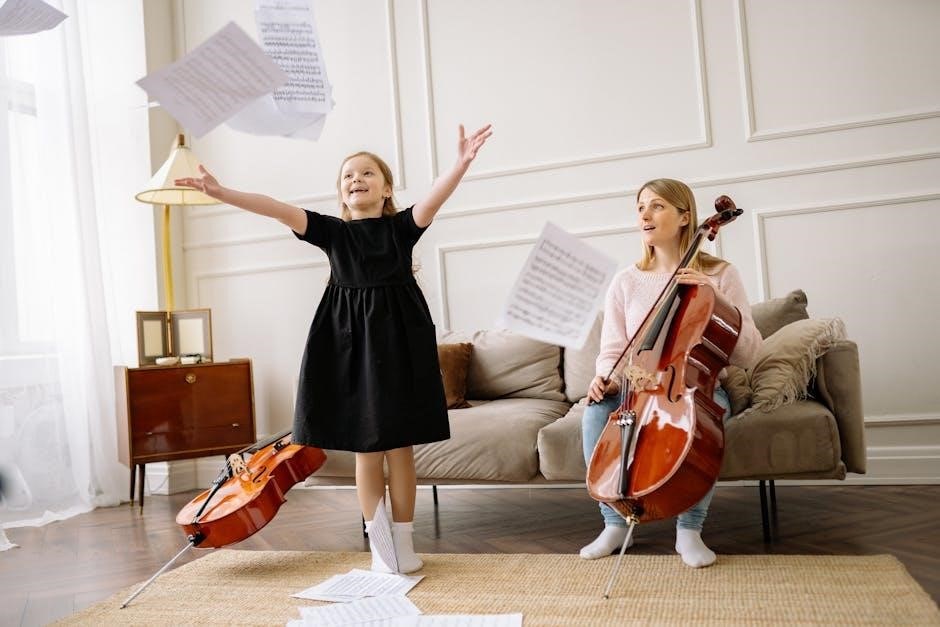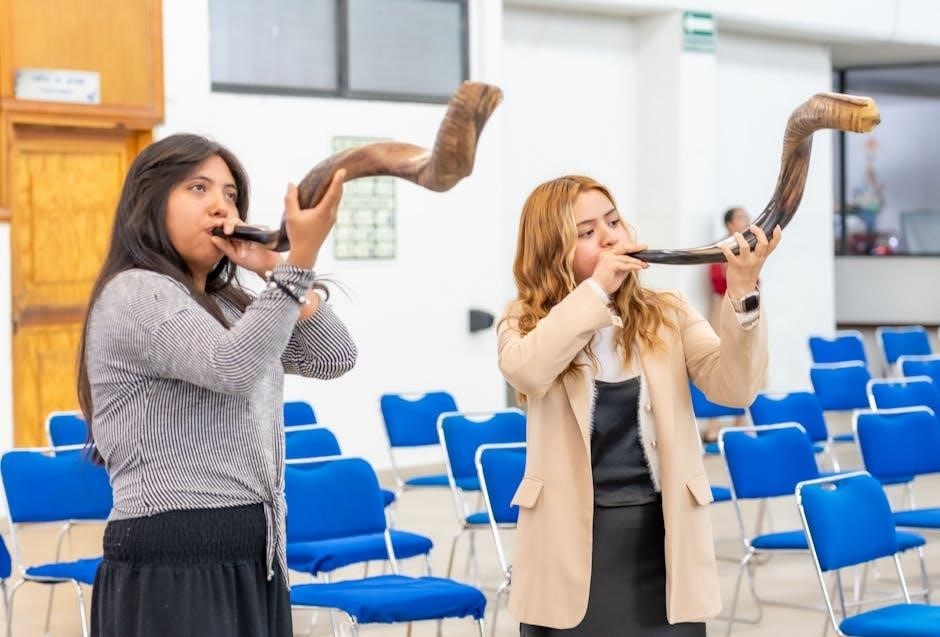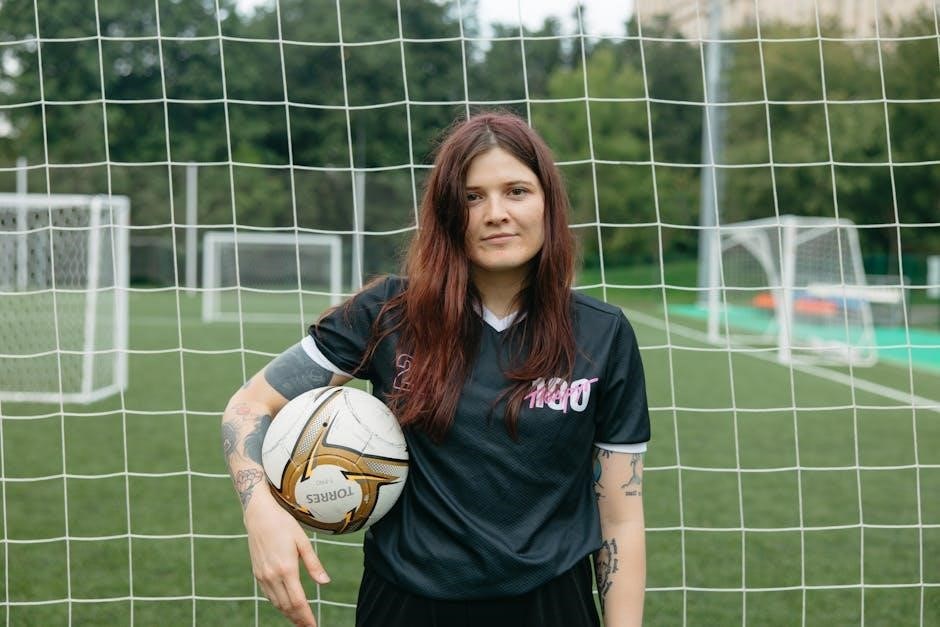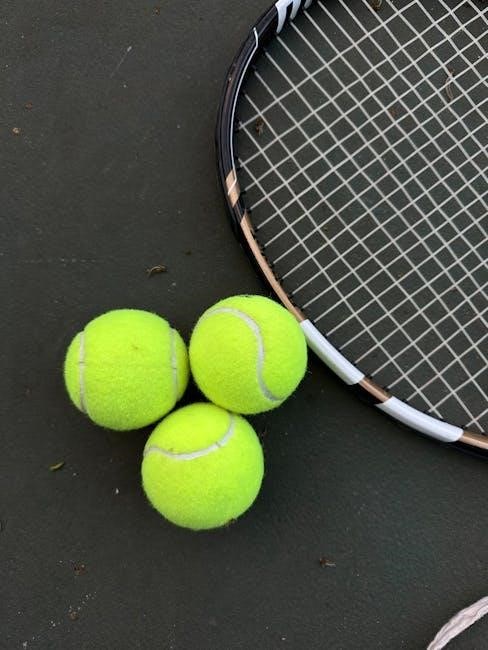Overview of Realidades 2 Capítulo 2A
This chapter focuses on reflexive verbs and the present tense of -ar verbs, with guided practice activities designed to enhance grammar and vocabulary skills through interactive exercises and real-life applications.
Realidades 2 Capítulo 2A introduces essential grammar concepts, focusing on reflexive verbs and the present tense of -ar verbs. This chapter provides a foundation for understanding how these elements function in Spanish sentences. Through guided practice activities, students engage with interactive exercises designed to reinforce learning. The activities emphasize correct verb conjugation and proper use of reflexive pronouns, ensuring mastery of these critical skills. By completing these exercises, learners build confidence in applying grammar rules to real-life communication scenarios, making the chapter a cornerstone for language proficiency.
Key Concepts Covered in 2A
Capítulo 2A focuses on reflexive verbs and their proper usage in Spanish sentences. Students learn to identify and use reflexive pronouns like me, te, se, nos, and os. The chapter also introduces the present tense of -ar verbs, emphasizing correct conjugation rules. Through guided activities, learners practice completing sentences with reflexive pronouns and mastering verb endings. These concepts are reinforced with practical exercises, ensuring a solid understanding of grammar fundamentals and their application in everyday communication scenarios.

Guided Practice Activities 2A-1: Reflexive Verbs
Activities focus on reflexive verbs, teaching students to use pronouns like me, te, se, nos, and os correctly in sentences, ensuring proper grammar and context application.
Understanding Reflexive Verbs in Spanish
Reflexive verbs in Spanish require reflexive pronouns like me, te, se, nos, os, se. These verbs describe actions where the subject and object are the same, such as lavarse (to wash oneself). Correct usage involves placing the pronoun before the verb in present tense. For example, me lavo (I wash myself). Mastering reflexive verbs enhances sentence construction and fluency in Spanish communication, making them a fundamental grammar component for learners.
Completing Sentences with Reflexive Pronouns
Completing sentences with reflexive pronouns involves identifying the correct pronoun (me, te, se, nos, os, se) and placing it before the verb. For example, Me lavo (I wash myself) or Se baña (He/She/You/They bathe themselves). Reflexive verbs like lavarse (to wash) or bañarse (to bathe) require these pronouns. Practice exercises in Capítulo 2A help learners master sentence completion, ensuring correct grammar and clear communication in Spanish.

Vocabulary Building in Capítulo 2A
Mastering key verbs and phrases like reflexive verbs and daily activities enhances language proficiency. Interactive exercises help students use vocabulary in context effectively for real-life communication.
Common Vocabulary Words and Phrases
Capítulo 2A introduces essential vocabulary like reflexive verbs (e.g., lavarse, vestirse) and common phrases related to daily routines. These words are practiced through fill-in-the-blank exercises and sentence completion, ensuring students understand their correct usage in context. The chapter also includes phrases like ¡Hasta mañana! and ¡Buen provecho!, which are useful for everyday conversations. Activities are designed to reinforce pronunciation and proper sentence structure, helping learners build a strong foundation in Spanish vocabulary.
Using Vocabulary in Context
Activities in Capítulo 2A emphasize using vocabulary in meaningful contexts, such as dialogues and short conversations. Students practice forming sentences with reflexive verbs like lavarse and vestirse, applying them to real-life scenarios. Fill-in-the-blank exercises and sentence completion tasks help learners understand proper word placement and usage. Phrases like ¡Hasta mañana! and ¡Buen provecho! are integrated into practical dialogues, reinforcing their relevance in everyday interactions and enhancing comprehension and communication skills.

Grammar Focus: Present Tense of -ar Verbs
This section covers the present tense of -ar verbs, focusing on their conjugation and correct endings. Exercises provide practical application of these verbs in context.
Conjugation Rules for -ar Verbs
-ar verbs in the present tense follow specific endings. For singular subjects (yo, tú, él/ella/usted), endings are -o, -as, and -a. For plural subjects (nosotros, vosotros, ellos/ellas/ustedes), endings are -amos, -áis, and -an. Regular verbs like hablar and estudiar follow these patterns. Irregular verbs may have stem changes or unique endings. Practice exercises in Guided Practice Activities 2A-1 help reinforce these rules through sentence completion and verb conjugation drills.
Practicing Verb Conjugation Exercises
Exercises in Guided Practice Activities 2A-1 focus on mastering the present tense of -ar verbs. Activities include completing sentences with correct verb forms and identifying proper conjugations. For example, verbs like hablar and estudiar are practiced in context. Students also match verb forms to subjects and create short dialogues. These exercises reinforce understanding and application of -ar verb rules, ensuring accuracy and confidence in verb usage. Regular practice helps solidify these skills for real-life communication.

Study Tips for Mastering 2A-1 Activities
Set specific goals, use flashcards for vocabulary, and practice regularly. Incorporate interactive exercises and seek feedback to improve accuracy. Consistency and review are key to mastery.
Effective Strategies for Language Learning
Consistent practice is essential for mastering Spanish. Use flashcards to memorize vocabulary and regularly review grammar rules. Engage in interactive exercises to apply concepts practically. Focus on understanding the reasoning behind answers rather than just completing tasks. Seek feedback from instructors or peers to identify and correct mistakes. Incorporate real-life scenarios to make learning relatable and meaningful. Balancing theory with practical application ensures a strong foundation in the language.
Resources for Additional Practice
Supplement your learning with the Realidades 2: Practice Workbook (ISBN 9780130360021) for extra exercises. Utilize online platforms like PHSchool.com with web codes for interactive activities. Flashcards and study guides on Scribd offer additional support. Review chapter materials and seek step-by-step solutions for clarity. Engage with teacher-provided resources and join study groups for collaborative learning. Regularly revisit past exercises to reinforce concepts and build confidence in your skills.

Common Mistakes in 2A-1 Activities
Students often make errors with reflexive pronoun placement and verb conjugation. Misusing me, te, and se is common. Forgetting to conjugate verbs correctly in the present tense is another frequent issue.
Identifying and Avoiding Errors
Common errors in Guided Practice 2A-1 include incorrect use of reflexive pronouns and improper conjugation of verbs. Students often confuse me, te, and se. To avoid mistakes, review pronoun placement and practice verb endings. Regularly checking answers and seeking feedback can help identify patterns of errors. Focusing on one concept at a time and using flashcards for reflexive verbs can improve accuracy. Consistent practice and review of grammar rules are essential for mastering these activities effectively.
Correcting Misunderstandings
Clarifying common misunderstandings in 2A-1 activities involves addressing incorrect reflexive verb usage and pronoun placement. Many students mistakenly omit reflexive pronouns or misplace them in sentences. For example, using me instead of se in passive constructions. To correct this, emphasize the importance of pronoun-verb agreement and practice sentence structure. Reviewing conjugation rules and completing exercises can help solidify understanding. Additionally, using online resources and seeking teacher feedback can address specific misconceptions effectively.

The Importance of Grammar and Vocabulary in 2A
Mastering grammar and vocabulary in Capítulo 2A is essential for building a strong Spanish foundation, enabling effective communication and practical application in real-life scenarios.
Building a Strong Foundation in Spanish
Understanding reflexive verbs and -ar verb conjugation lays the groundwork for advanced Spanish skills. These concepts, covered in Capítulo 2A, are crucial for constructing sentences accurately and confidently. By practicing vocabulary in context and applying grammar rules, students develop a solid linguistic base. This foundation is vital for progressing in Spanish, as it enhances both comprehension and expression. Regular practice with guided activities ensures mastery of these essential elements, making communication more natural and precise.
Applying Concepts to Real-Life Scenarios
Mastering reflexive verbs and -ar verb conjugation enables students to describe daily routines and actions accurately. For example, using verbs like levantarse (to get up) or bañarse (to take a bath) helps express personal care activities. By practicing these concepts, learners can communicate effectively in real-life situations, such as discussing their morning routines or plans. This practical application strengthens language proficiency and enhances the ability to engage in meaningful conversations in Spanish.
Summarizing Key Takeaways
Key takeaways from Realidades 2 Capítulo 2A include understanding reflexive verbs and their pronouns, mastering the present tense of -ar verbs, and applying vocabulary in context. Practicing sentence completion with reflexive pronouns and conjugating verbs accurately are essential skills. The chapter emphasizes real-life applications, making learning practical and engaging. Consistent practice and review of these concepts will help solidify a strong foundation in Spanish grammar and vocabulary, preparing students for more complex topics ahead.
Encouragement for Continued Practice
Consistent practice is key to mastering Realidades 2 Capítulo 2A. Encourage learners to dedicate time daily to review reflexive verbs and -ar verb conjugations. Utilize online resources and practice workbooks for additional exercises. Celebrate progress, no matter how small, to maintain motivation. Embrace challenges as opportunities to grow and improve Spanish skills. With persistence and dedication, learners will build confidence and achieve fluency in using these grammar concepts effectively in real-life conversations.



